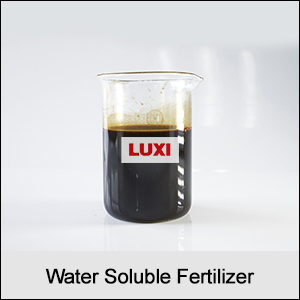Detail
Ethylene
1. Key Features of Water Soluble Fertilizers:
Complete Solubility:
Dissolve fully in water, leaving no residue, ensuring uniform nutrient application.
High Nutrient Availability:
Nutrients are in forms readily absorbed by plants, leading to quick and efficient uptake.
Customized Formulations:
Can be tailored to specific crops, growth stages, or soil conditions.
Ease of Application:
Compatible with fertigation systems, hydroponics, and foliar sprays.
2. Types of Water Soluble Fertilizers:
Macronutrient Fertilizers:
Provide primary nutrients like nitrogen (N), phosphorus (P), and potassium (K).
Examples:
Urea Phosphate (17-44-0): Rich in nitrogen and phosphorus.
Monoammonium Phosphate (12-61-0): High phosphorus content.
Potassium Nitrate (13-0-45): High potassium with some nitrogen.
Micronutrient Fertilizers:
Supply essential trace elements like zinc (Zn), iron (Fe), manganese (Mn), copper (Cu), boron (B), and molybdenum (Mo).
Often chelated to enhance solubility and uptake.
Specialty Fertilizers:
Contain combinations of nutrients or added biostimulants to enhance crop growth and resilience.
3. Advantages:
Precision Nutrient Management:
Deliver exact amounts of nutrients based on crop requirements, reducing wastage and environmental impact.
Rapid Response:
Nutrients are immediately available, quickly addressing deficiencies.
Compatibility:
Ideal for use in advanced systems like fertigation, drip irrigation, and hydroponics.
Improved Yield and Quality:
Enhances growth, flowering, fruiting, and overall productivity.



